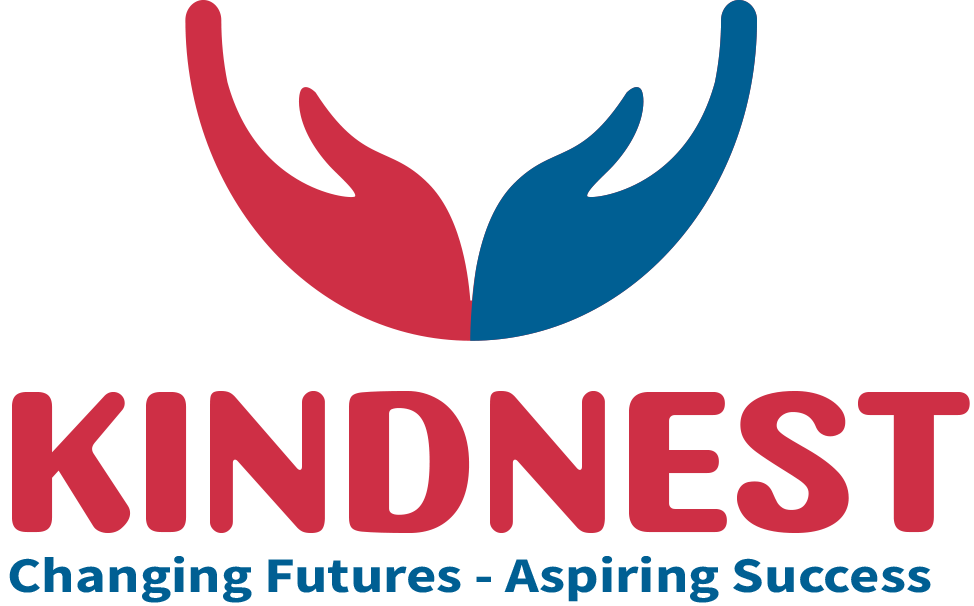Caring for children with disabilities involves understanding, compassion, and a proactive approach to meeting their unique needs. By creating a nurturing and supportive environment, parents, caregivers, and educators can help children with disabilities reach their full potential. This article provides essential tips and strategies for managing and supporting children with disabilities effectively.
1. Understand Their Unique Needs
Every child is different, and children with disabilities have varying abilities and challenges. Take time to learn about the child’s specific condition, strengths, and limitations. Collaborate with healthcare professionals, therapists, and educators to build a well-rounded understanding of how to best support them.
2. Foster Open Communication
Communication is key to building trust and a positive relationship with the child. Adapt your communication methods based on their needs, such as:
- Visual aids for children with speech impairments.
- Simple, clear language for children with intellectual disabilities.
- Non-verbal cues (e.g., hand signals or pictures) for children with limited verbal skills.
Encourage them to express their feelings and listen with empathy.
3. Create a Safe and Accessible Environment
Make your home or learning space accessible and safe for the child. Modify the environment to accommodate their needs, such as:
- Installing ramps or grab bars for children with mobility issues.
- Eliminating potential hazards and ensuring a clutter-free space.
- Providing adaptive tools or assistive devices to enhance their independence.
An accessible environment promotes comfort, confidence, and safety.
4. Set Realistic Goals and Celebrate Achievements
Set small, achievable goals tailored to the child’s unique abilities and development. Celebrate their progress, no matter how minor it may seem. Positive reinforcement boosts confidence, motivation, and a sense of accomplishment.
5. Focus on Inclusion
Encourage socialization and inclusivity. Children with disabilities benefit from engaging with peers and being included in activities, whether at home, school, or community events. Participation can help them develop social skills, confidence, and friendships.
6. Be Patient and Consistent
Managing children with disabilities often requires extra patience and consistency. Establish clear routines, as they can help children feel secure and confident. Consistency in daily activities, behavior expectations, and communication methods helps reduce anxiety and builds a sense of stability.
7. Encourage Independence
Help children develop essential life skills by providing opportunities for them to be as independent as possible. Adapt tasks to match their abilities and gradually increase their responsibilities. For example:
- Assist with daily routines while allowing them to complete parts of tasks independently.
- Provide adaptive tools to make tasks easier and more manageable.
Building independence fosters self-confidence and a sense of accomplishment.
8. Collaborate with Professionals
Work with a team of professionals, such as therapists, doctors, educators, and counselors, to develop a comprehensive care plan. Individualized Education Plans (IEPs) and tailored therapies can help address the child’s developmental, educational, and emotional needs.
9. Prioritize Self-Care for Caregivers
Caring for a child with a disability can be emotionally and physically demanding. It’s essential for parents and caregivers to take time for self-care. Consider joining support groups, seeking respite care, and connecting with other families who understand similar challenges.
10. Advocate for the Child
Be an advocate for the child’s needs in educational settings, healthcare environments, and the community. Ensure they have access to the resources, accommodations, and support services they require. Advocacy helps break down barriers and promotes equal opportunities.
11. Embrace Technology and Resources
Leverage assistive technology, specialized apps, and online resources tailored to children with disabilities. Technology can improve learning, communication, and independence. Research and experiment to find what works best for your child.
12. Encourage Positive Behavior and Emotional Well-Being
Promote a positive and supportive atmosphere that nurtures emotional well-being. Address behavioral challenges with patience and consistency, and seek professional help if needed. Validate their feelings, encourage self-expression, and build their confidence.
Conclusion
Managing children with disabilities requires empathy, patience, and dedication. By understanding their unique needs, fostering inclusivity, and collaborating with professionals, caregivers can empower children to thrive and lead fulfilling lives. With love, support, and appropriate resources, every child can reach their fullest potential.


